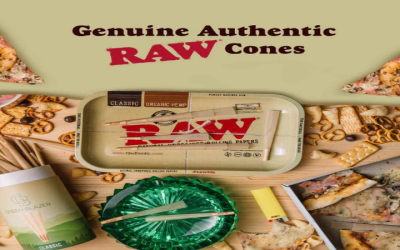When machinery operates, metal surfaces come in contact with each other. Friction and pressure produce heat. In turn, this negatively affects the metalwork and/or workpiece involved. To protect the metal and ensure a longer lifespan for the equipment, companies use lubricants. To reduce the eroding effect of the metals clashing, anti wear friction modifiers are introduced to the lubricants.
Types Employed
Several types of anti-wear additives may be used in lubricants. Among those most commonly employed are:
- Zinc dialkyl dithiophosphate (ZDDP) and other phosphorous-based chemicals
- Molybdenum base (dialkyl dithiophosphates, dithiocarbamates)
- Organic compounds
- Metal detergents
They are used when contact is lighter, temperatures are low and speeds are high. If the contact between metal components is under extreme pressure(EP), high temperatures and low speeds, EP friction modifiers must be used.
How Anti Wear Friction Modifiers Work
Anti-wear (AW) additives are an essential component of lubricants used in the metalworking industry. Activated by heat, when these additives touch the surface of the metal, a chemical reaction is created. As a result, the additives form a thin but durable film. This provides the necessary protection against the wearing down of the metal.
However, the protection created by the anti-wear additive does not last indefinitely. When they are used up, the damage from friction will start up again. When the process needs to be reevaluated and the lubricant replaced, will depend upon the specific type of anti wear friction modifiers added and other related factors such as intensity of work, environment and extent of usage.


